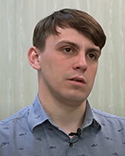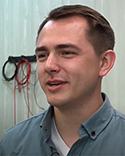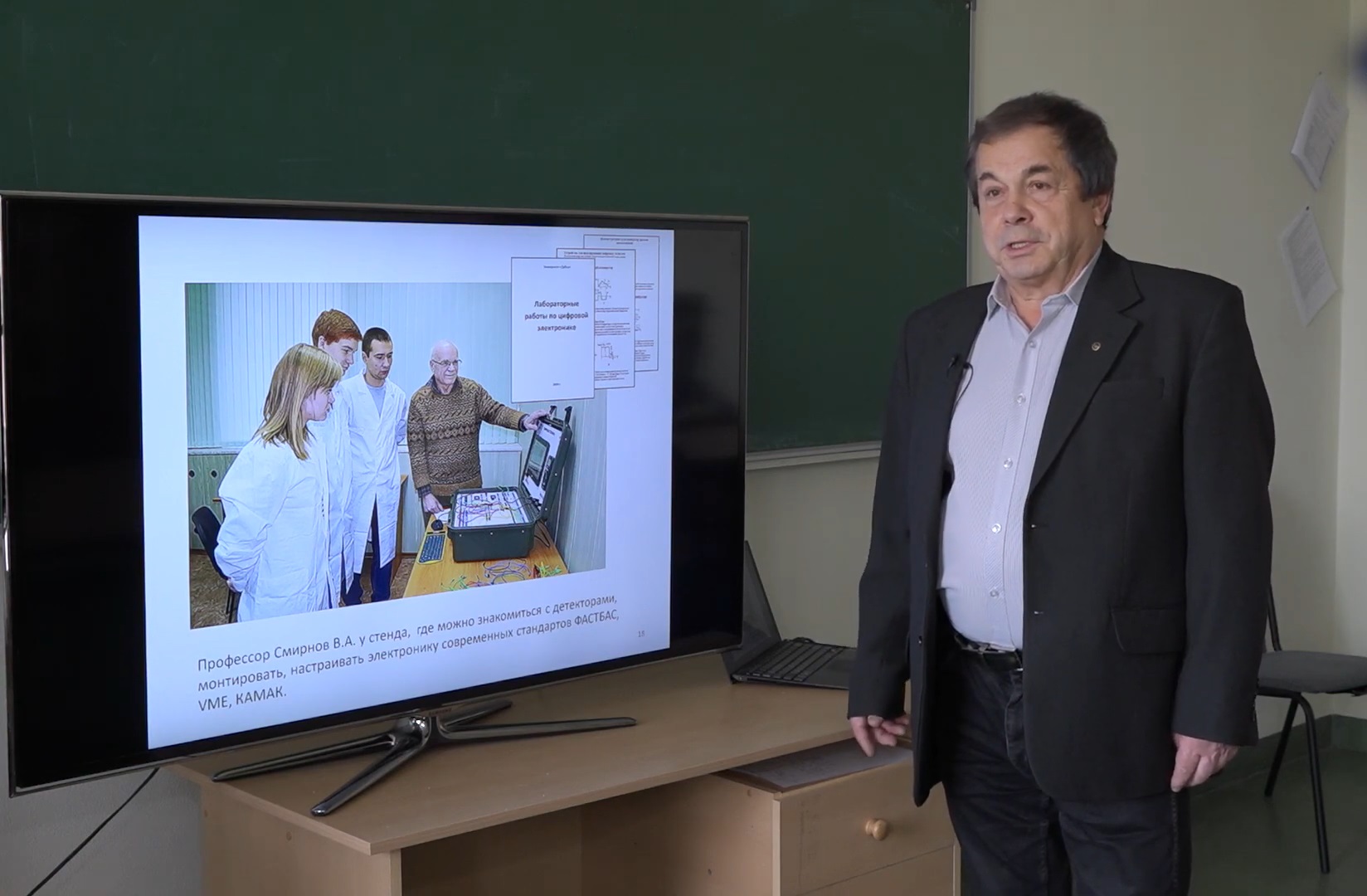How are young engineers trained for large experiments?
News, 15 June 2022
The Department of Physical and Technical Systems of the Engineering Physics Institute of the Dubna State University trains bachelors and masters majoring in Electronics and Automation of Physical Facilities. Being in close contact with the University since its foundation, the Joint Institute for Nuclear Research is one of the key partners of the University and one of the main employers for the graduates of the Department. Classes at the Department, which is based on the Veksler and Baldin Laboratory of High Energy Physics, are taught by professors, doctors and candidates of sciences, including JINR employees.
The educational process of the Department is built so that theory is combined with laboratory work and practice at Dubna enterprises, including practical training in the JINR laboratories at operating experimental and production facilities. As a result, the “output” is a ready-to-work specialist.
“First of all, we teach students theoretical basics, namely, mathematics, physics, English; then, we have specialisation, and it is usually closely connected with the practice that they undergo. These are real physical facilities at accelerators and reactors of JINR,” Head of the Department, Head of the Scientific and Experimental Department of Heavy Ion Physics of VBLHEP JINR, Doctor of Physics and Mathematics Alexander Ivanovich Malakhov said.
The curriculum of the Department includes programmes on accelerator physics and technology, devices and methods for detecting elementary particles, quantum electronics, and microprocessor systems.
“Electronics and automation that students study are now in great demand in all areas of our lives. This is an advanced field that uses state-of-the-art technology, which means the opportunity to participate in experiments at such large centres as CERN. We also have advanced facilities being created at JINR: the NICA collider, the Superheavy Element Factory,” Alexander Malakhov added.
In order to even more actively involve young people in working at real facilities, the Department leadership thought about the possibility of creating a so-called “youth channel”, entirely intended for the use of students. “The idea is to create a special particle channel, which will be equipped with devices made by students. This should be a real channel for our students to work on constructing detectors, testing and obtaining physical information. Using this channel, it would be possible to go through all the stages and fully master the whole range of works,” the Head of the Department said.
Such an approach allows students to learn how to work with their hands and, using theoretical knowledge, perform specific work on the creation of various counters, electronics units for facilities, as well as conduct tests. Later, as they acquire the necessary skills, students will be able to participate in work with accelerator beams and, having obtained the results of the experiment, analyse and process the data.
The graduates of the Department shared their impressions of the educational process.
 Valentin Ustinov, a junior researcher of VBLHEP JINR, an assistant at the Department of Physical and Technical Systems of the Dubna State University said, “I am doing exactly what I would like to do. When we came here, we had the least idea, but we were quickly included in the real work. We’ve realised that this is exactly what we want to do: to create devices, one might say, from nothing, ready-made things that can be used in an experiment”.
Valentin Ustinov, a junior researcher of VBLHEP JINR, an assistant at the Department of Physical and Technical Systems of the Dubna State University said, “I am doing exactly what I would like to do. When we came here, we had the least idea, but we were quickly included in the real work. We’ve realised that this is exactly what we want to do: to create devices, one might say, from nothing, ready-made things that can be used in an experiment”.
 Evgeny Sukhov, a junior researcher of VBLHEP JINR commented on his study, “Firstly, studying at the Department gave us basic knowledge, which was later useful in our work. Secondly, it gave us an idea of what would be required of us in the future. We do not focus just on one thing and can simultaneously take part in several completely different projects. And what is especially important, I think, is getting to know people. They supported us in all matters and tried to help. And when a person comes to work with whom the scientist has already dealt, this gives the latter a much better idea of the student.”
Evgeny Sukhov, a junior researcher of VBLHEP JINR commented on his study, “Firstly, studying at the Department gave us basic knowledge, which was later useful in our work. Secondly, it gave us an idea of what would be required of us in the future. We do not focus just on one thing and can simultaneously take part in several completely different projects. And what is especially important, I think, is getting to know people. They supported us in all matters and tried to help. And when a person comes to work with whom the scientist has already dealt, this gives the latter a much better idea of the student.”
